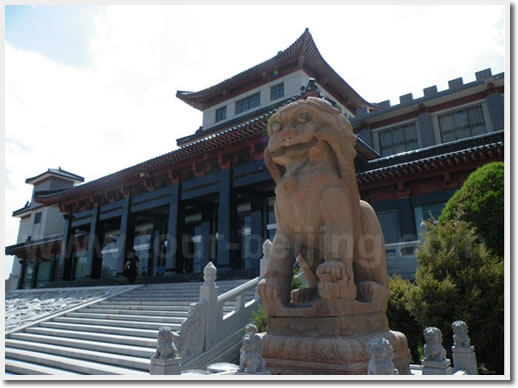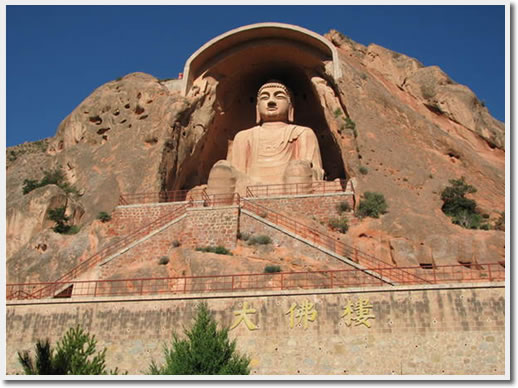Guyuan Travel Guide
Location: Guyuan is on the border of southern Ningxia.
Population: 1,553,200
Area: with an area of 14,421 square kilometers
Nationalities: It is the largest habitation of Hui.Nationality.
History: Guyuan is a historical city with a history of over 2,000 years. It occupied an important section in ancient Silk Road. During the Han Dynasty (206BC-220AD), Emperor Hanwu built Gaoping to strengthen the military defense, which was said to be the historical Guyuan. From long ago,Guyuan was a town of military importance connecting central Shaanxi to the western lands outside the Great Wall.
Climate: Guyuan enjoys a monsoon humid continental climate. the climate in Guyuan features a cold, dry winter and warm, rainier summer. Its annual average temperature ranges from 5℃to 7℃. Much of the year’s precipitation is delivered from June to September.
Transportation: Air-Guyuan Airport was opened to navigation in 2010, offering scheduled airlines to Yinchuan, Xian, Beijing, Lanzhou, and Chengdu.
Railway-Trains from Yinchuan, Xi;an Lanzhou, Shanghai, Chengdu and Urmqi stop at the Guyuan Station. Dinggu Railway and Yuanwang Railway is under construction.
Highway-the National Road No.319 and No.312 go through Guyuan.
Local Specialties: Helan Stone, Licorice Root, Tanyang Lamb Skin, Star Jelly
Local Food: Guyuan features Muslim food.
Attractions: Guyuan Museum-Guyuan Museum is the best place to acknowledge the history of the area. It is made up of two frequented halls: the Ancient Civilization of Guyuan and Ancient Silk Road in Guyuan, housing some aircrafts that are considered to be national treasures.

Xumi Mountain Grottoes- The Xumi Mountain Grottoes are at the east slope of Xumi Mountain, 55km north-west of Guyuan County. With the hills, trees and rivers, the grottoes enjoy a beautiful surrounding. Judged by the form of grottoes and the style of sculptures, they were initially built in the late Northern Wei Dynasty (386-534) and completed with the effort in Sui and Tang Dynasties (581-907).




